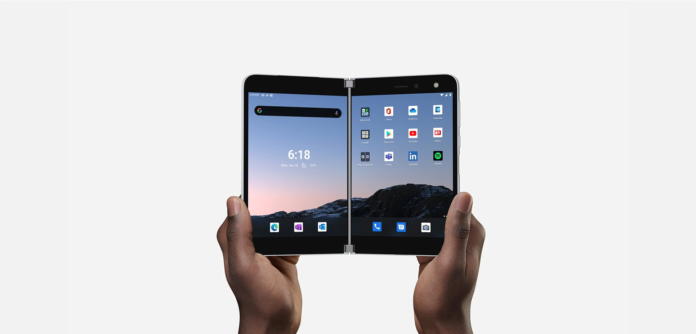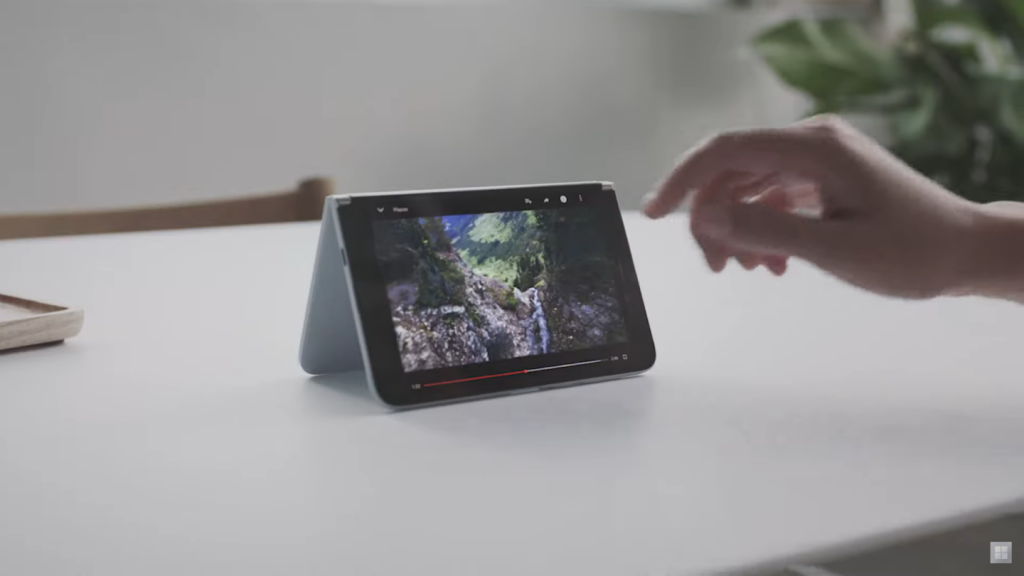The Microsoft Surface Duo was announced this time last year although at the time details were sparse. When we finally found out the details, even with the lacklustre specs it has still garnered quite a bit of excitement. With it currently being available to pre-order in the US at the moment with shipping beginning later this week you could be forgiven for thinking that surely availability for Australians would be right around the corner.
Unfortunately the latest rumours are suggesting that the US market is being used as a test bed for the device before Microsoft device to push its availability internationally. Windows central are reporting that their sources within Microsoft are saying that Microsoft are tentatively dipping their toes in the water, being careful not to over manufacture a device that they are not sure will sell.
This does not give us much confidence in the device given Microsoft’s lack of confidence in it themselves but the timeline is apparently fluid and if the device does exceed internal expectations then we could possibly see it here earlier. At this stage though Microsoft has no plans to bring their foldable Android smartphone to the Australian, or any other international market, until 2021.
The longer Microsoft wait, the more the device becomes outdated, given that the hardware is already long in the tooth. It is running a chipset over 18 months old now and the camera itself is less than impressive on paper — never mind the lack of NFC which considering how ubiquitous contactless payments are these days is a huge miss.
While the hardware may be out of date by a long way we are still looking forward to seeing what Microsoft manage to do with the software and its integration into the Windows ecosystem. For a device that will most likely be marketed solely at the enterprise market that integration had better be extremely solid.
Hopefully we get to find out for ourselves one day. In the meantime you can check it out on the Microsoft website here.






Personally I’m not interested in carrying such an expensive device around as my daily driver if I can’t make payments with it and so, I think lack of NFC plus it being based on an older chipset and the premium pricing has made it a non-starter internationally.
I suspect the global supply chain shortages also had a role to play – every chipset, every screen will be at such a high premium today, and they can only produce so many for one OEM as well.